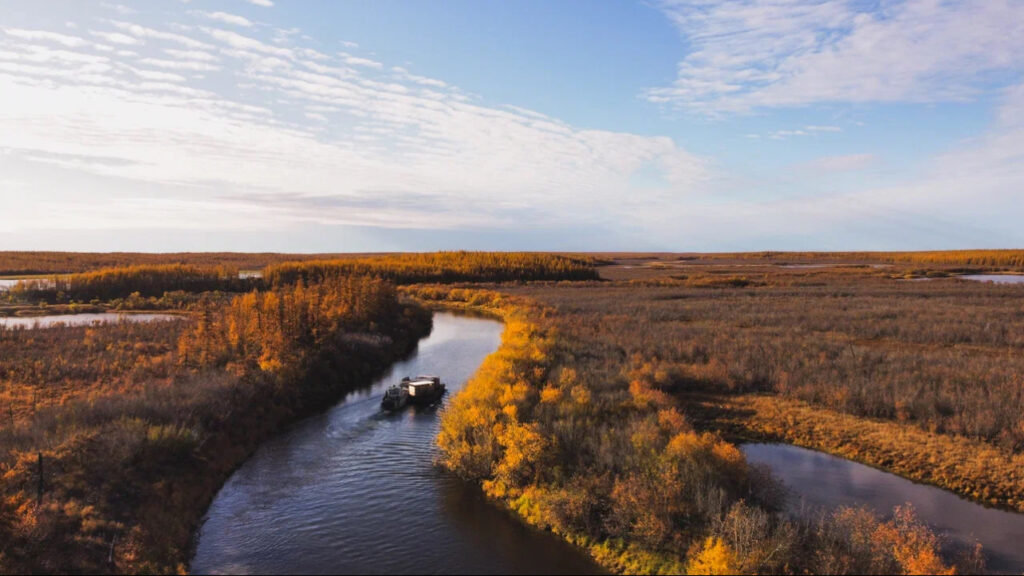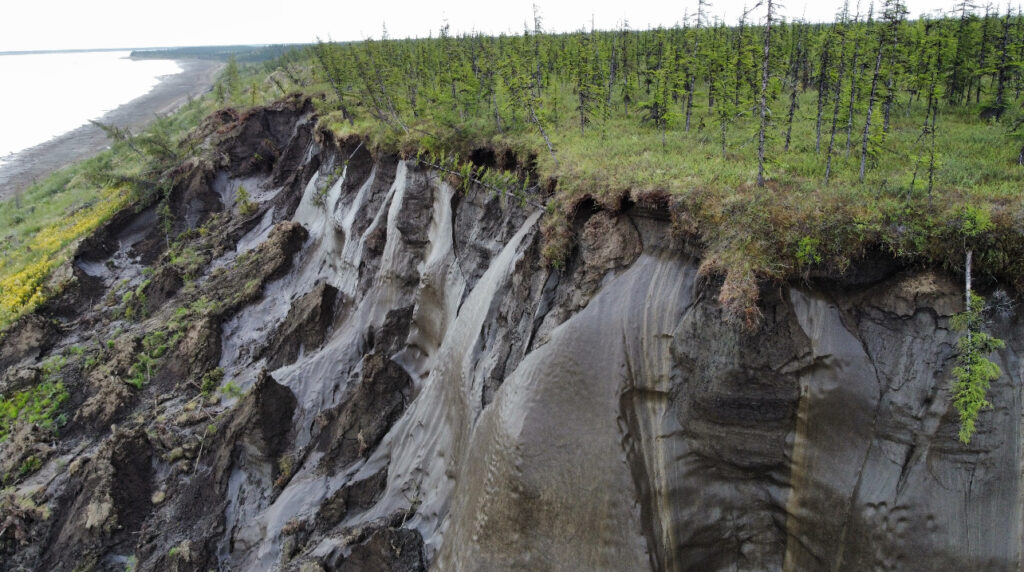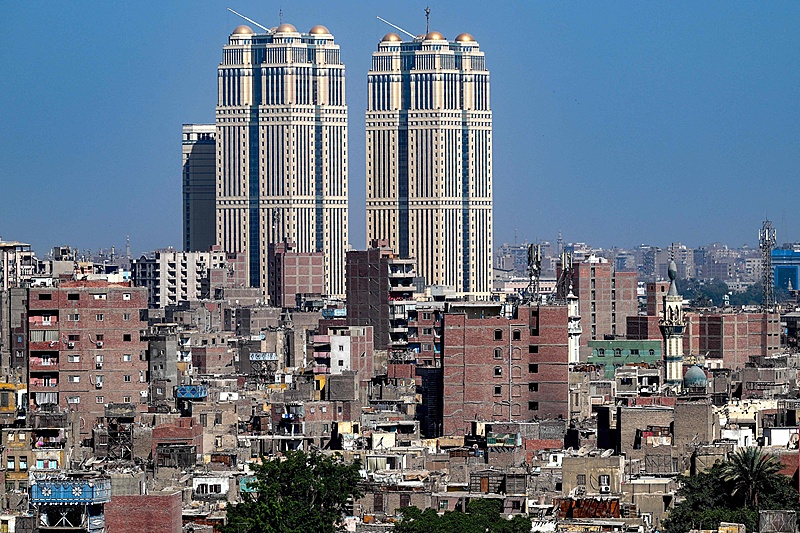
COP 29: Nature-based solutions pitched as a means of improving climate resilience
Nick Mudimba
CGTN Africa Correspondent
Nature-based solutions to combat climate change are a crucial discussion topic at the COP29 conference in Azerbaijan. China and Russia are among the key countries that are putting these solutions into practice.

China’s pioneering use of nature-based solutions
China has been at the forefront of using nature-based solutions to improve climate resilience. A flagship example is the Three-North Shelterbelt Forest program, set in motion in 1978. The program tackles desertification by increasing forest cover in northern China. This “Great Green Wall” is expected to cover a region of 26 percent by 2035 and serves to show China’s commitment to nature-based solutions.
China has also integrated the concept of a “sponge city” into urban areas to handle stormwater and heat. Shanghai deploys permeable surfaces, green roofs, and urban wetlands to create resilient urban areas while paying their dues to natural hydrological cycles.
China also planted about 338,000 square kilometers of forest from 2013 to 2018 and aspired to 30 percent forest cover by 2050. Each has been part of integrating nature-based solutions within the Chinese National Strategy for Climate Change Adaptation 2035 for enhanced ecological conservation and resilience.
Russia showcases progress in climate policy
Within the framework of Russian Science Day at COP29 in Baku, Azerbaijan, special attention was devoted to the key role of nature-based solutions in confronting climate problems by the Committee on Climate Policy and Carbon Regulation of the Russian Union of Industrialists and Entrepreneurs.
Nature-based solutions provide for an even more active international exchange of experience from projects, allowing faster movement toward the goal of carbon neutrality by 2060 for Russia and the Chinese National Strategy for Climate Change Adaptation 2035.
Sergey Tverdokhleb, Deputy Chairman of the Russian Committee, and others. Tverdokhleb emphasized the strategic importance of developing carbon testing sites within Russia.
“The creation of these carbon sites will enable us to develop and test technologies for carbon balance management right here in our own territory”, he said.
Melnichenko has repeatedly underscored that science plays a decisive role in the implementation of nature-based climate solutions, which are essential for meeting both national and international climate goals.
Its huge ecosystems put Russia in a position to help make or break global climate goals. Russian forests, grasslands, peatlands, and tundras have the potential to absorb millions of tons of carbon dioxide every year. With strategic investment, policy support, and much-needed development, this could be increased further, and natural projects in Russia may come to offset up to 1,000 million tons of carbon dioxide per year, approximately equal to German yearly emissions.
Forests and peatlands: Essential Carbon Sinks
Russia’s forests constitute the largest forest area of any country in the world, with over 800 million hectares. That is a huge carbon sink. If that is augmented by reforestation and prevention of deforestation, then Russia can become one of the biggest carbon sinks in the world, in which reforestation itself could save up to 250 million tons of carbon dioxide equivalent per year.

The other key carbon sink is peatlands. Although intact or restored peatlands sequester carbon effectively, drained or degraded peatlands emit stored carbon. In addition, restorative efforts, including the rewetting of drained peatlands, would reduce a further 100 million tons of carbon dioxide emissions per year.
Tundra and grasslands hold untapped potential
Permafrost thaw may release huge amounts of methane, a potent greenhouse gas, from Russia’s northern tundra. Protection and restoration of the tundra could avoid up to 50 million tons of CO₂-equivalent annually. Similarly, better management in most grasslands would help lock more carbon within the soil-for example, a rough estimate of about 30 million tons of carbon dioxide that could be captured annually.
Nature-based solutions are seldom applied and usually enjoy less support than renewable energy programs. Additionally, nature-based solutions face the challenges of developing reliable calculation methods for ecosystem benefits, often, only easily quantifiable actions are prioritized.
In this respect, international and national support should be maintained for mitigation projects involving greenhouse gases, the improvement of measurement methodologies, and pilot sites as key devices for ecosystem-based solutions. International or BRICS-specific carbon markets could further enhance such efforts.






